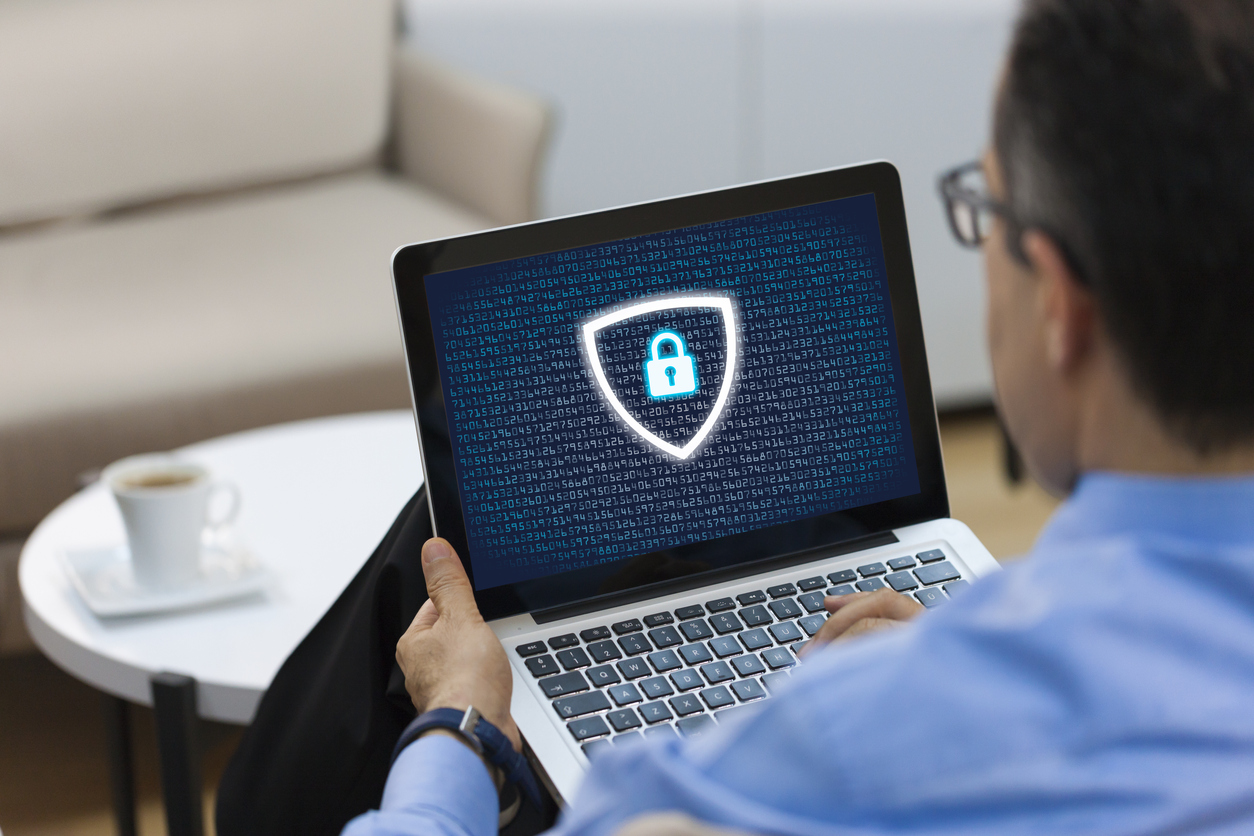
Protect your business against cyber security threats.
The term “cyber attack” conjures images of a shady hacker sitting in a dark room, frantically trying to access your files and online accounts. Often, it’s not that dramatic or personally-motivated, but just as damaging. A cyber attack is any attack by a computer on another computer, and can be aimed at disabling the target or accessing private data.
One common type of cyber attack is the use of malware (malicious software) and viruses to disrupt systems and obtain information. Another is phishing, which involves fraudulent emails sent with the intent to steal sensitive data. Also common but not as well known are “man-in-the-middle” attacks, in which a hacker interrupts transactions and communication between two parties, and “denial-of-service” attacks which flood networks, servers, or systems to prevent them from responding to requests.
Cyber security threats come in a variety of different forms. These are just a few of the possibilities. In this day and age, so much of our work happens on devices and over the internet—which means that such attacks have a big effect. Losing important data or functionality can bring an organisation to its knees.
Read on for a few basic ways to protect yourself and your company from cyber attacks.
One: Back up your data
This is more a case of minimising the effects of cyber security breaches than preventing them, but it’s vital. One of the best ways to keep data safe is to back it up on multiple devices and servers—don’t put all your eggs in one basket. This is especially important for businesses that rely on data to operate.
Two: Use strong and unique passwords
A weak password is to cyber security what a weak section of fence is to physical security. It’s best to use a phrase rather than a single word, with plenty of characters including special characters. In an office or organisation ensure that all staff do the same, and that no-one continues to use the default password they are given. Passwords should be changed regularly.
Three: Update your systems
Those annoying pop-ups that notify you of available updates to your software are actually doing you a big favour, cyber security-wise. Providers include patches for security weak points in these updates, so having the latest version means having the most secure software possible.
Four: Keep an eye on your hardware
Many cyber security threats come from nebulous entities floating around the world wide web, but physical security plays a part in keeping your data and networks safe, too. Stolen devices are a major risk to the security of an entire company (or personal network). It’s important to encourage everyone to take measures to keep their laptops, phones, and tablets safe—particularly those that are used to access sensitive data. Even on personal devices, everything should be password-protected and not left unlocked.
Five: Create a policy to manage behaviour
People can be the weak link when it comes to security, engaging in risky behaviours when online—such as replying to phishing emails or playing fast and loose with passwords. Employers should teach employees to avoid unsecured networks and websites on work devices, remind them not to open suspicious emails or attachments, and ensure they follow all security procedures around accessing and protecting data. Create a culture of cyber security—it’s a great defense!
Six: Consult the experts
A strong and effective security strategy, particularly in the complex setting of a company or organisation, is not something that can be done by just anyone. If you are serious about protection against these potentially devastating attacks, it’s best to call in the professionals.
CANDA can provide comprehensive security consultancy services, covering everything from cloud security to ICT certification and accreditation. Take a look at what we can offer your organisation as you consider shoring up against the threat of cyber attacks.



